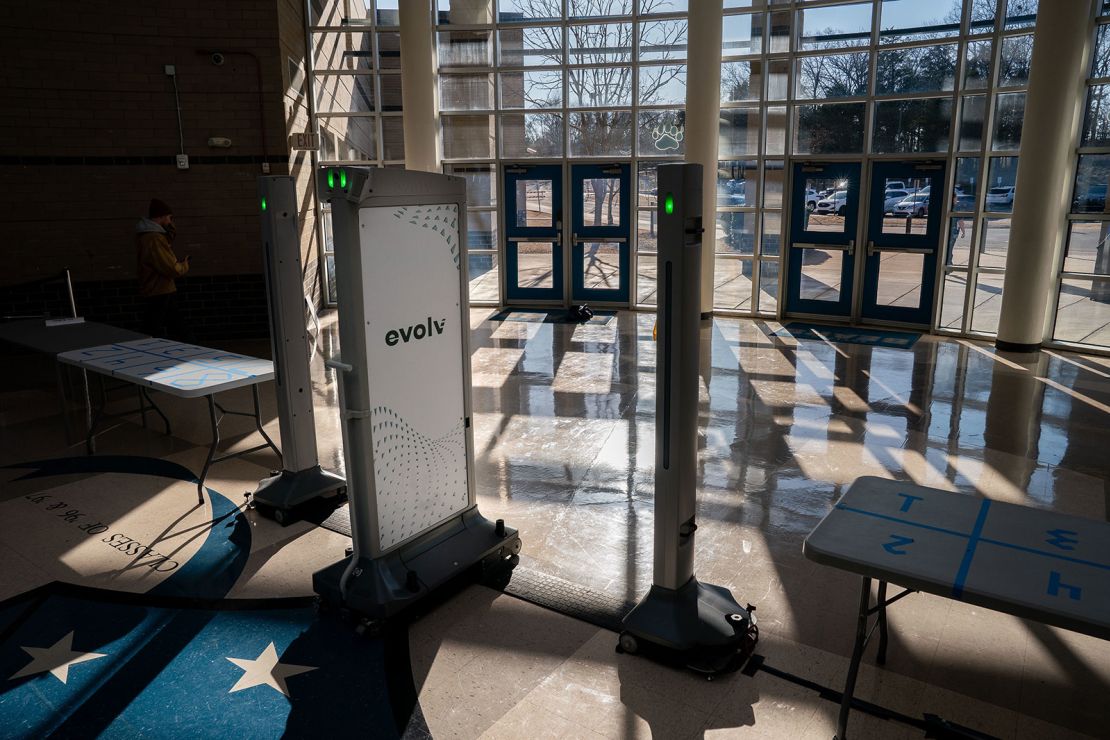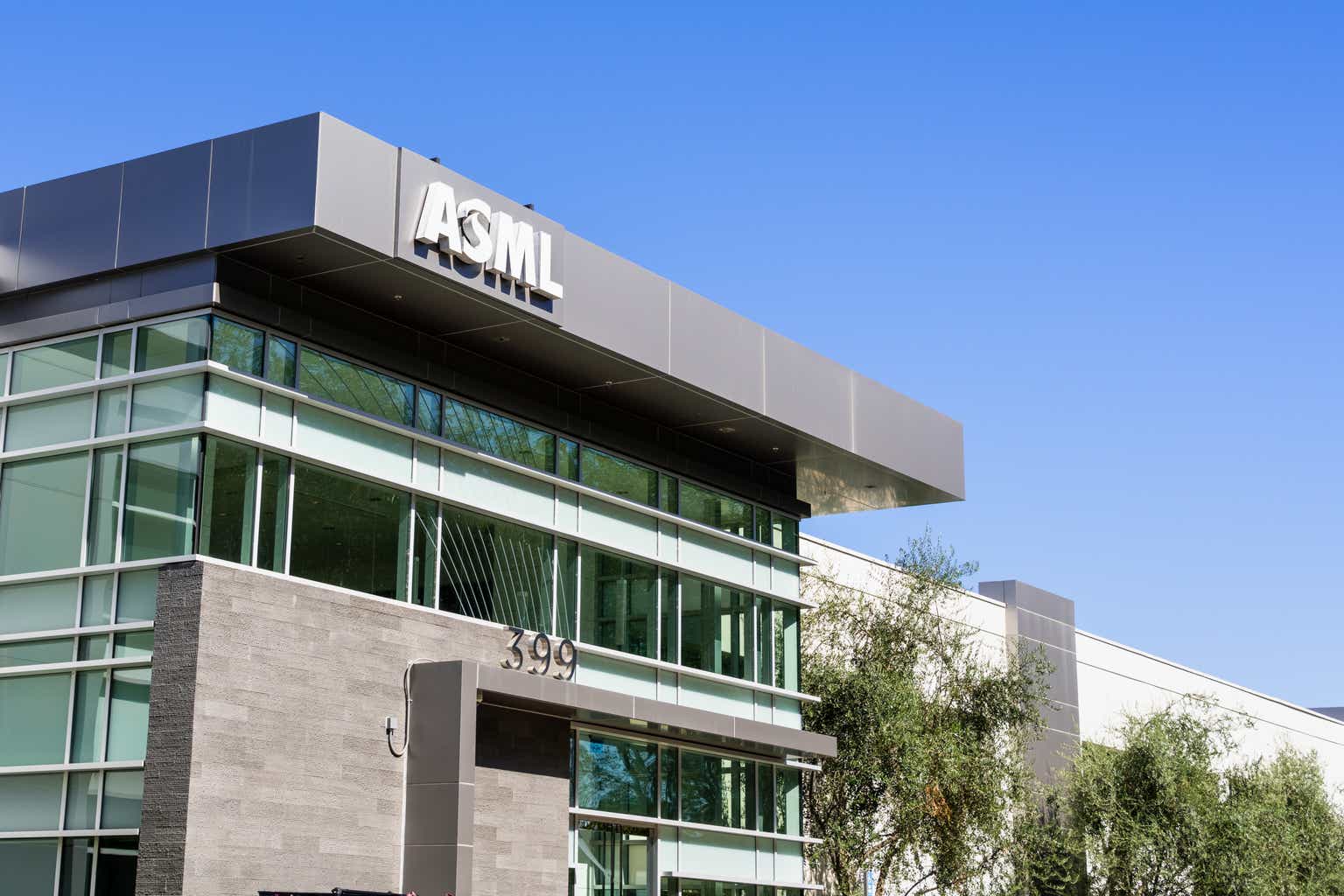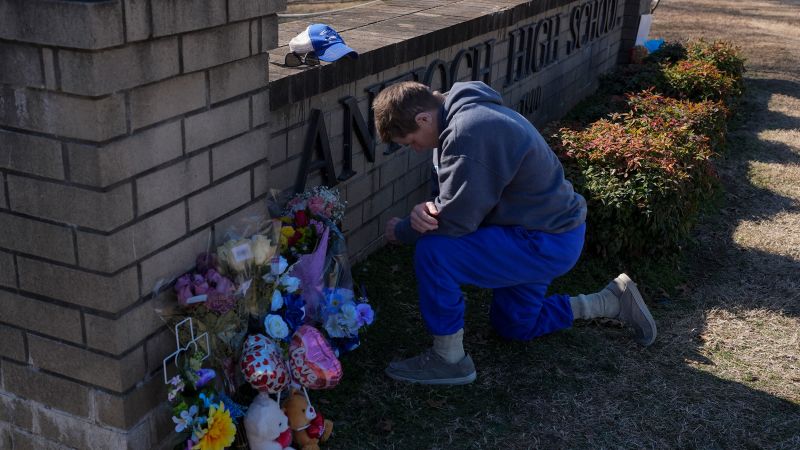CNN
—
A Nashville school district invested about $1 million in AI gun identification software, the school district said, leaving some to wonder what went wrong in detecting a school shooter in the halls.
More than a week ago, 17-year-old Solomon Henderson carried out a shooting inside Antioch High School in suburban Nashville, killing a classmate and wounding another. Henderson died after turning the gun on himself, police said.
The gun detection system at the school failed to detect Henderson’s weapon during the January 22 shooting because he was too far away from the surveillance cameras used to identify a weapon and activate an alarm, according to district officials. Meanwhile, the system’s CEO says the gun could not be detected because it was not visible.
The gun detection technology, called Omnilert, was deployed at all the schools in the district in February 2024 to bolster security, a spokesperson for Metro Nashville Public Schools told CNN.
Using AI technology, the system can identify a gun threat before shots are fired so local law enforcement can respond more quickly, and purportedly, prevent a tragedy from happening, according to the company’s website. But it’s only one tool that can be used in conjunction with other measures.
Omnilert’s software is relatively new and doesn’t work perfectly all the time, according to the company’s CEO, Dave Fraser, who earlier expressed his condolences to the school and community. And while there is no harm in implementing the technology if a school board can spare the cash, gun safety and surveillance experts say there is no concrete evidence gun detection software is effective at preventing school shootings.
Here’s how the technology works, what experts say went wrong and whether prevention is possible.
As the constant threat of mass shootings persists, school districts across the United States have invested countless dollars into safety measures to keep would-be shooters out of the classroom – a crime prevention technique known as target hardening.
Gun detection software, like Omnitech, is the latest target hardening resource to hit the market, said Chad Marlow, a senior policy counsel at the American Civil Liberties Union who focuses on privacy and school surveillance technology issues.
“There’s no intervention that is guaranteed to prevent a school shooting. If so, we’d all be using it,” Marlow told CNN. “But there are some that may have a positive benefit.”
At most schools, surveillance cameras are used to keep an eye on any possible threats, according to Fraser. While helpful, these cameras are only useful after a tragedy has occurred and footage is used to work out how the incident unfolded, he added.
Comparatively, the AI technology used in Omnilert’s Gun Detect software is trained to watch surveillance video for weapons in real time, Fraser told CNN in an emailed statement. These cameras are monitored by AI technology 24 hours a day, seven days a week, he said. CNN asked the company how many school districts are using the product but has not heard back.
“If a gun becomes visible it is detected in less than a second and the detection information – a picture and a short video of the person with the potential gun, the location of the camera and the building – is sent to a human to make a verification that this is a real threat,” Fraser told CNN by email.
In most cases, the technology initiates an emergency response in less than 20 seconds after a weapon is detected, Fraser said. Ideally, authorities get to the school before shots are fired, he added.
“At the very least it provides actionable information for staff and law enforcement to help them react to the situation, including knowing the exact location of the assailant,” Fraser added.
For the AI technology to work, the cameras must be able to see the gun – it cannot be concealed.
Metro Nashville Public Schools approved its two-year contract with Omnilert in March 2023, according to Sean Braisted, a school district spokesperson. Later that month, six people were killed in a shooting at The Covenant School, a private, Christian school in Nashville, about 10 miles from Antioch.
In the case of The Covenant School and other similar shootings, “where the armed intruder came from outside of the building or walked the halls with the weapon brandished,” Braisted said Omnilert’s technology “would have been activated and improved police or administrative response.”
But, in the Antioch shooting, it appears Henderson’s gun was not brandished – or at least not long enough to trigger an alert from Omnilert. “Based on the shooter’s position and location relative to our cameras, the system was not activated by his weapon,” Braisted told CNN in an email.
While the gun was not visible to surveillance cameras, Fraser stressed, the system did not misidentify the weapon in this case.
“This is not an issue of malfunction despite the attempts to discredit the functioning of the system or stir up controversy,” he told CNN in an emailed statement. To detect a gun, the camera must be able to “see” the gun, he said, adding the gun was not visible.
AI gun-detecting technologies like Omnilert have “zero chance of actually preventing a school shooting,” according to Marlow from the ACLU.
“It fails from a technological standpoint, that it’s very inaccurate in identifying weapons, and it fails in a practical sense, in that even if it worked perfectly, it stands close to zero chance of being able to get someone to intervene before a tragedy occurs, and that’s the big fraud at play here,” Marlow told CNN.
Omnilert’s CEO called the fraud claims “counterproductive to the mission at hand which is the protection of our most precious resource: the life of our children,” he wrote.
The main issue with the technology, Marlow argues, is its inability to work if a gun is not visible to the system’s surveillance cameras. In many cases, shooters conceal weapons with a backpack or a jacket, he added.
“The only time that that weapon is actually going to be visible to a camera is when the person planning to use it decides to actually take it out of where it’s being concealed from,” Marlow said. “In most cases, that’s going to be done very shortly before it is used.”
False positives are also common, Marlow said, as these types of systems have been known to misidentify broomsticks as rifles, and rulers for knives.
Omnilert’s CEO maintains the system’s effectiveness, saying, “Like any system, it is not perfect, and has never claimed to be. It’s also not a singular solution to the challenge of gun violence.”
If a technology is capable of detecting a gun before it is brought into a school, then it may be an intuitive choice for school districts, according to Marc Zimmerman, codirector of the Institute for Firearm Injury Prevention at the University of Michigan. “I mean, why not? Why not use them if they’re not too expensive and they can be applied,” he said.
Unlike school shooting prevention measures that are backed by data – such as mental health counseling – there is no data that proves the effectiveness of gun detection software in preventing school shootings, as the technology is too new, according to Marlow and Zimmerman. Given the lack of evidence, Zimmerman says school districts should focus on all prevention measures available to them and not just one resource that focuses on keeping a gunman outside of a school.
“I would argue that if you’re at that point where you’re preventing a gun from coming into school, you’ve already lost. You’ve already lost that child,” Zimmerman added.
Fraser agrees multiple protection methods are needed to properly protect each school. “We always recommend use as part of a layered system which may include human beings, metal detectors and other technologies,” Fraser told CNN in a statement. How those schools are protected is a decision often made by individual school boards and in some cases, parents.
In recent years, some school districts have invested in installing emergency windows that allow for an easy exit during a shooting. In Georgia, a panic button system implemented less than a week before the September 4 shooting at Apalachee High School helped notify law enforcement officials of the incident almost instantly.

In the Nashville area, school district director Adrienne Battle said the district will enhance security measures in response to the shooting in Antioch.
“As we’ve seen a heightened sense around the safety and security in our schools, both with external (and) internal threats, we are continuing to research and study the most evolving technologies that will help us enhance the safety and security measures within our schools,” Battle said in the aftermath of the shooting.
Several safety measures are in place at Nashville schools in the district, including shatter-resistant film or security vestibules at the entrance of a school to prevent someone from coming inside, according to Braisted, who could not comment on the exact security features at Antioch High School.
This week, the school district began installing scanners at the school, similar to metal detectors, which use AI technology and advanced sensors to detect weapons as students walk in, Braisted told CNN in an email Friday.
But the developer of the “cutting-edge” system, Evolv Technologies, has been accused of overpromising some of its safety features. It settled a 2024 lawsuit with the Federal Trade Commission accusing the company of using “false claims,” including the system can detect all weapons and is more accurate and efficient than regular metal detectors, the FTC said in a news release last year.
Ultimately, parents should also prioritize proper storage of their weapons, Zimmerman added, so their children can’t use them to harm their peers or others.
“We have to think about this more broadly,” Zimmerman said. “There are multiple things we need to do.”
CNN’s Rebekah Riess and Dalia Faheid contributed to this report.
















